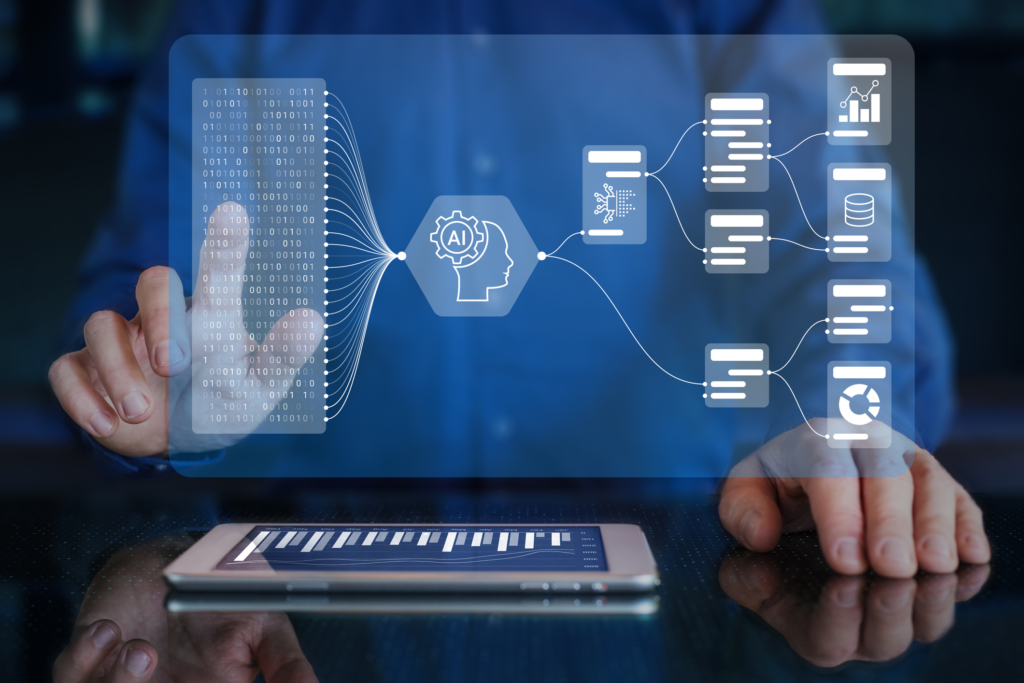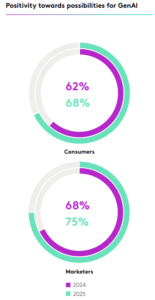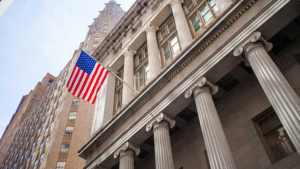This creates real limitations in enterprise settings. For example, if an HR professional asks a generative AI to write a job description, the result may sound polished, but likely wouldn’t reflect the company’s unique requirements, team dynamics or mission. Most existing HR tools already have templated job descriptions built in, so using a chatbot adds little value and could even introduce risk if the output reflects biased or irrelevant information pulled from unknown sources.
Even worse, when HR teams start using generative AI for more sensitive areas, such as performance evaluations, promotions or layoffs, it becomes dangerous. These systems are not built to make such judgments and can’t reliably or fairly support high-stakes decisions. How would you feel if your career path depended on the results of a chatbot query, not knowing if any other research or due diligence was done on your behalf?
The case for predictive AI in HR
Predictive AI, on the other hand, performs a fundamentally different task. Rather than generating human-like language, it identifies patterns in historical data to make informed forecasts about future behavior or outcomes. For example, predictive AI can analyze employee data to assess which candidates are most likely to succeed in a specific role, improving hiring accuracy and retention.






